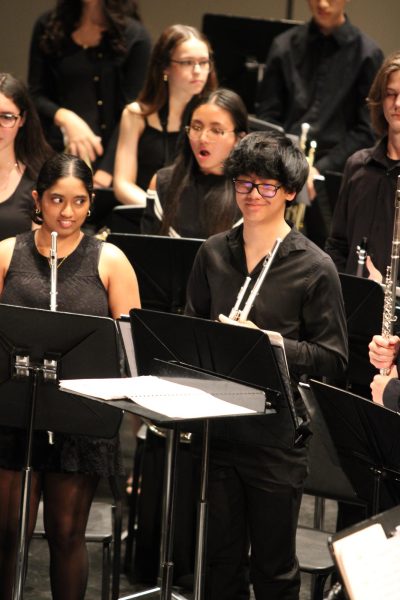Restaurant business fluctuates wildly with public’s reaction to pandemic

Since March, Clarendon Hills (above) has provided options for outdoor eating in response to the global pandemic.
From the months between March and October of 2020, restaurants within the Clarendon Hills area have found that the amount of business they received has changed rapidly throughout the quarantine. This has largely been a result of public opinion and fear.
Initially, many local restaurants found themselves struggling, forced to shut down as a result of the announced quarantine. Daily restaurant business was down 54 percent when the quarantine went into effect. This could also be due to the fact that, as people were preparing for the pandemic, they started to focus their spending more on groceries.
“People decided that they really had no choice. They were cooking meals,” said Kerri McClimen, the overseer of food brand communication for Perdue Premium Branch, a meat delivery company. “When COVID hit, restaurants were hit so severely. They couldn’t open…[on] the other side, retail went crazy. They needed so much more [supplies].”










